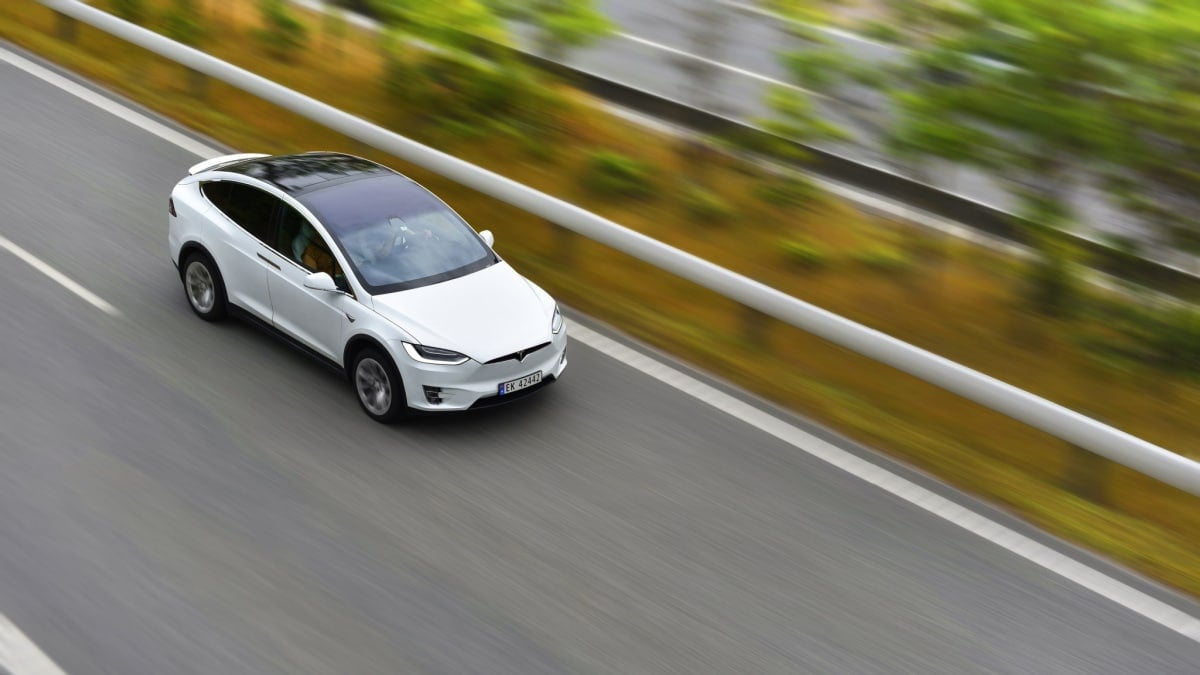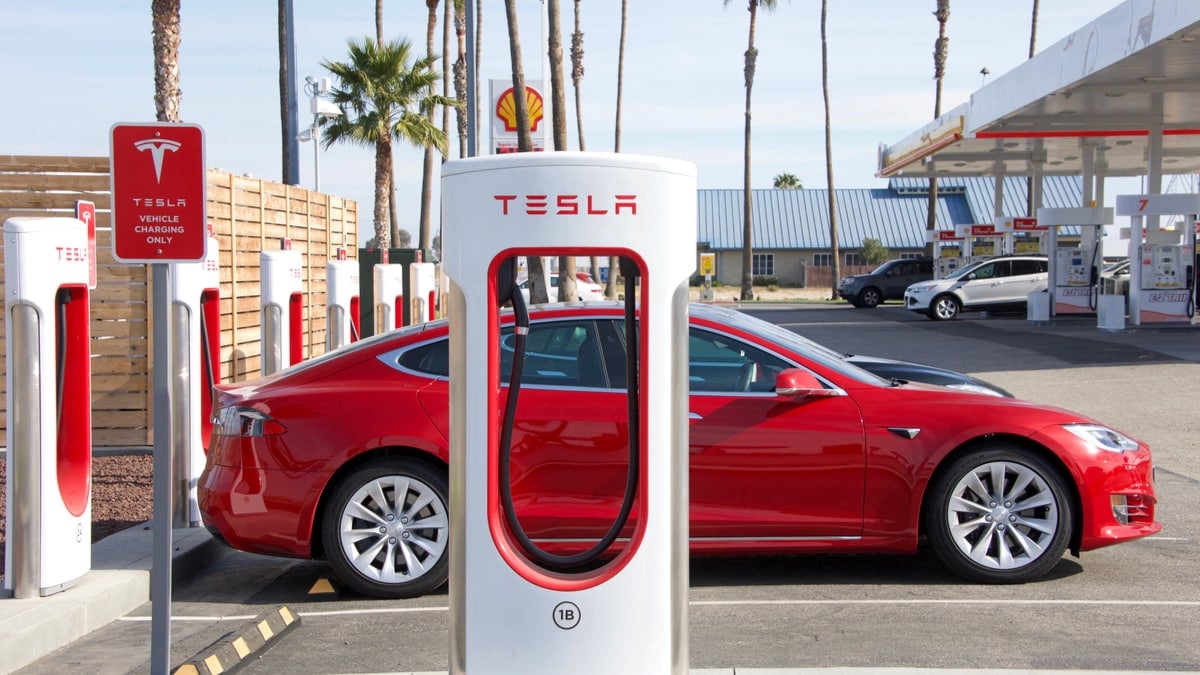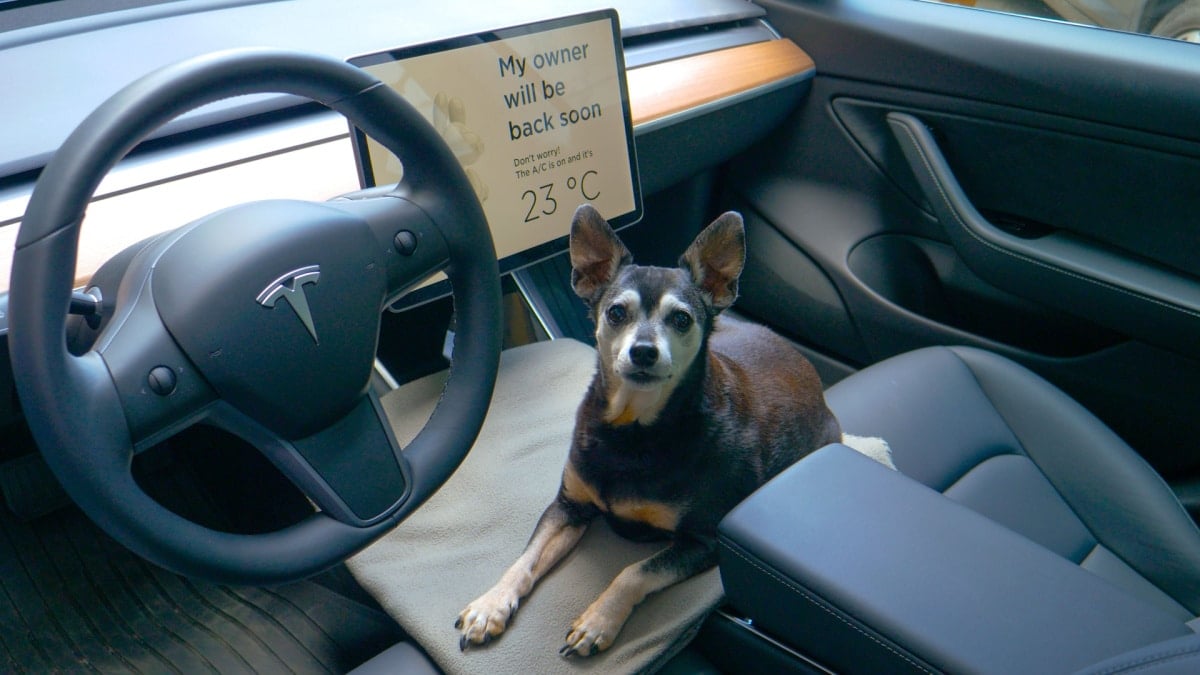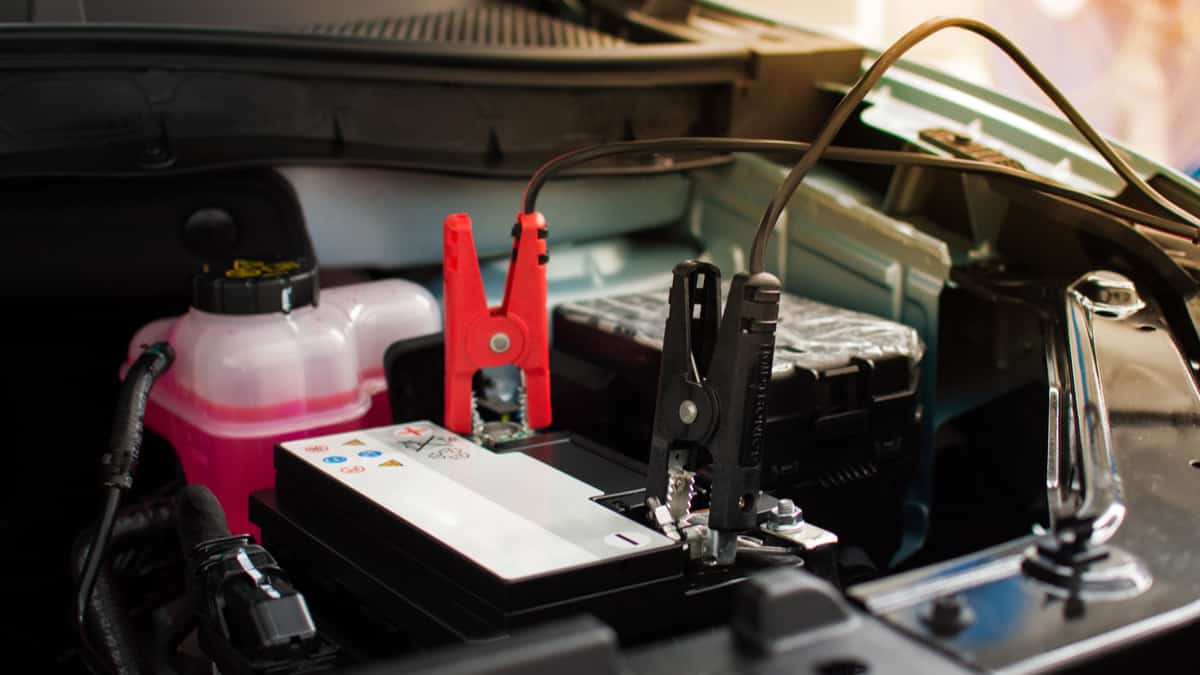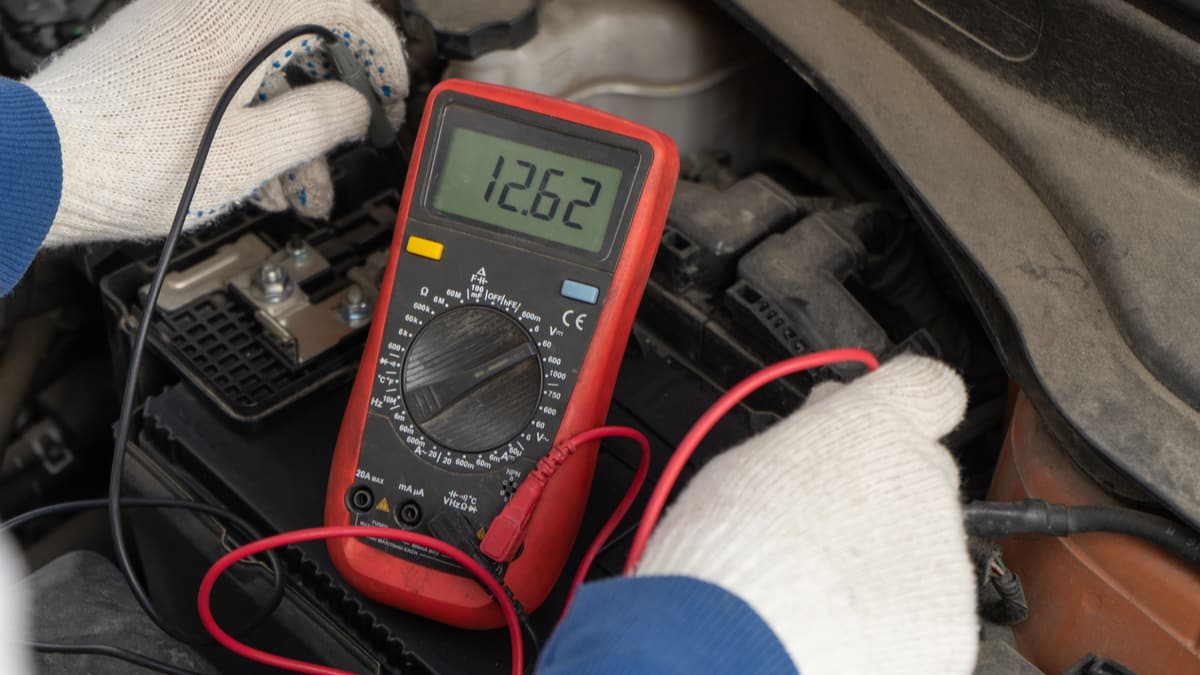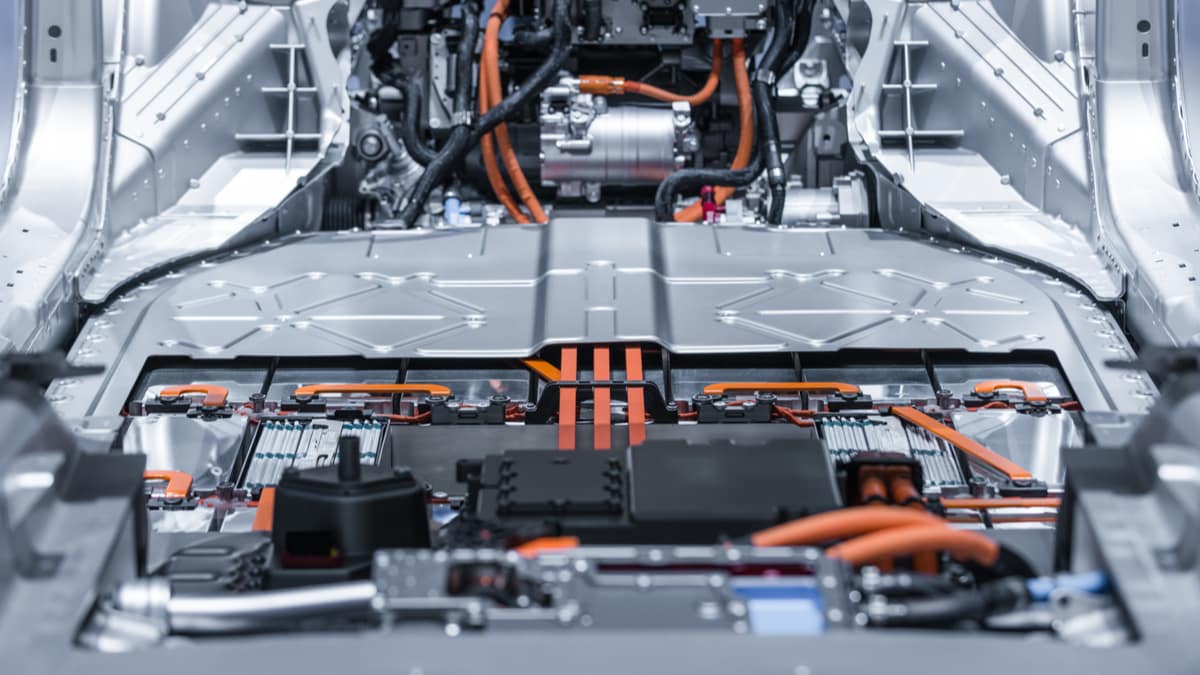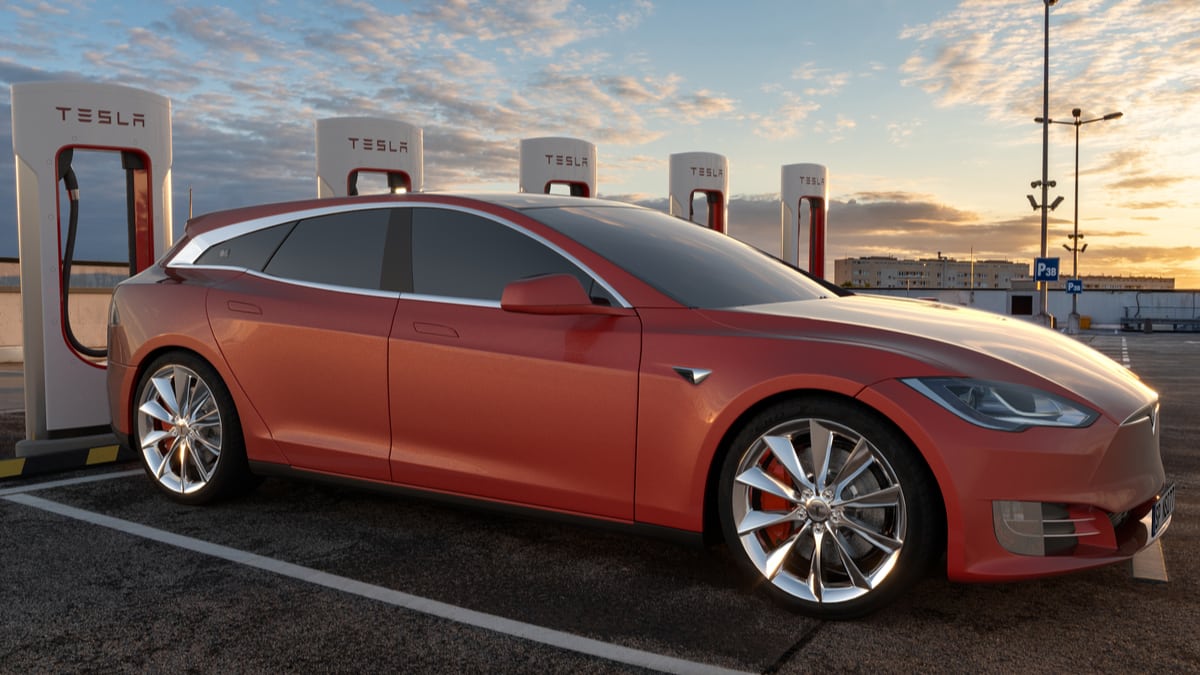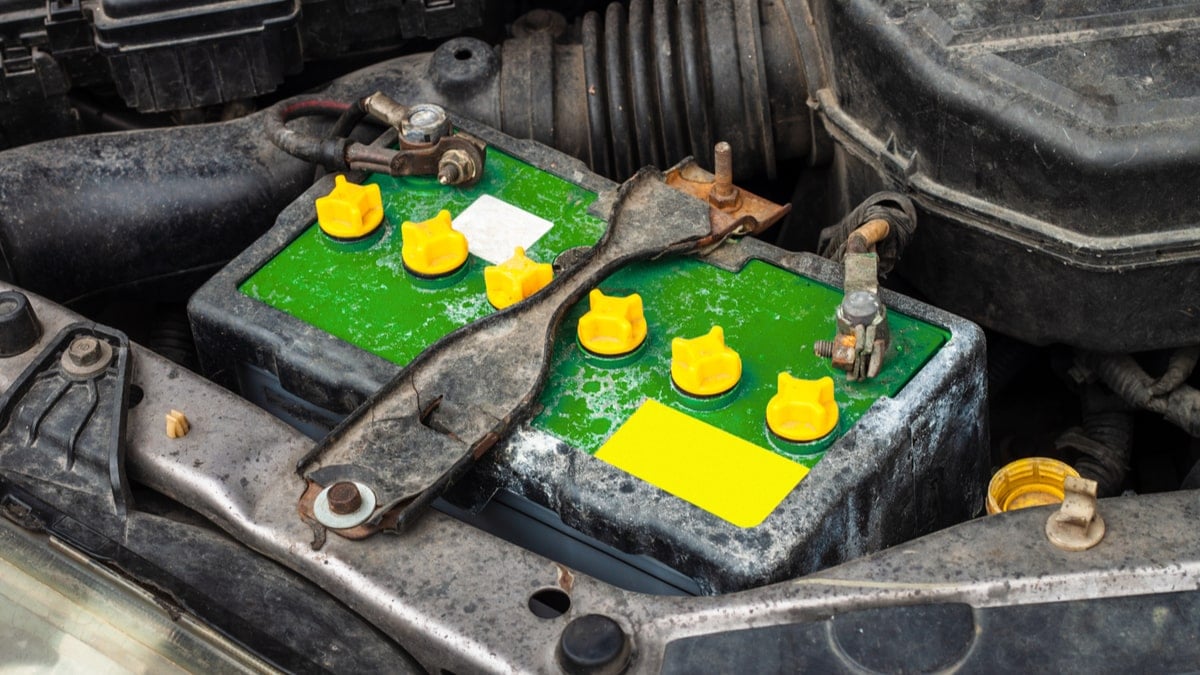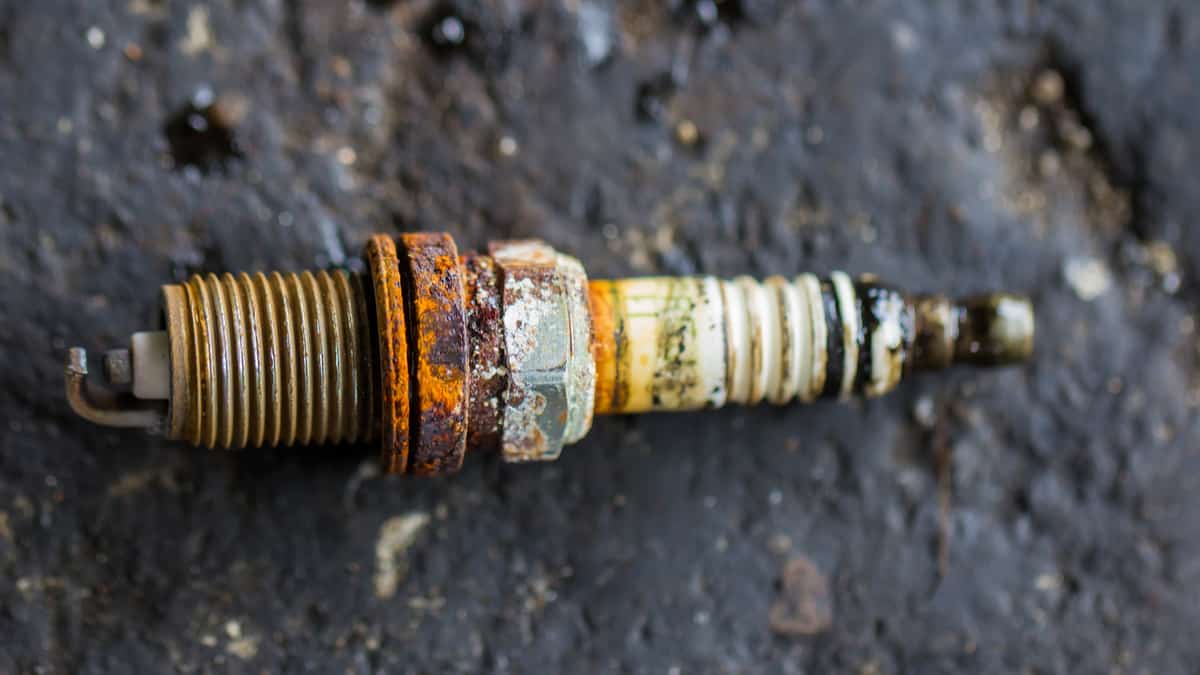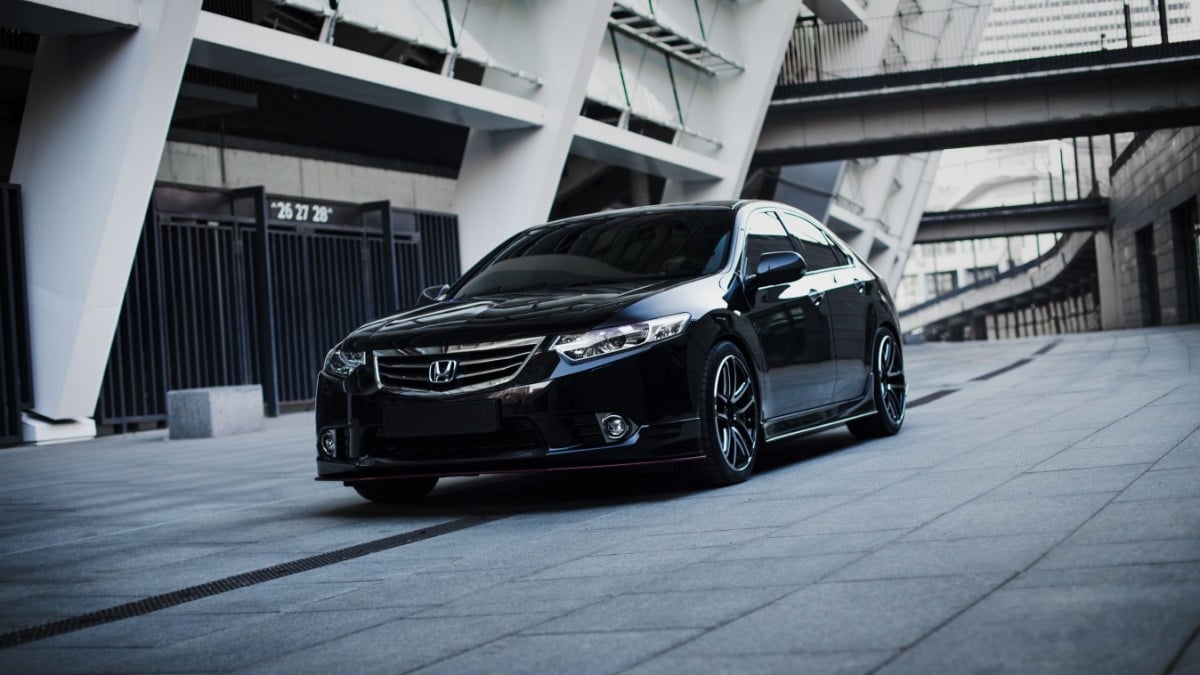One of the biggest factors associated with buying an electric car is the range it will travel. Whether you are looking at single-charge battery life or how long it will last overall, you want to know – how many miles a Tesla can go before you commit to buying one.
In this guide, we cover the ranges of the Tesla model lineup. We also evaluate what affects the battery life, we talk about the overall capacity and we discuss your charging options.
There’s also a section comparing Tesla EV driving ranges to that of some of the most popular gasoline-powered vehicles. At the end of our article, we answer your top Tesla battery questions, so you are fully informed.
How Many Miles Can A Tesla Go On A Battery?
The battery range of a Tesla varies by model, ranging from 272 to 405 miles. The overall range is based on the model, the battery capacity chosen, and how you drive your EV. Most Tesla batteries are designed to last more than 300,000 miles or twenty-plus years.
Here is more information about the Tesla battery range per model:
1. Model 3
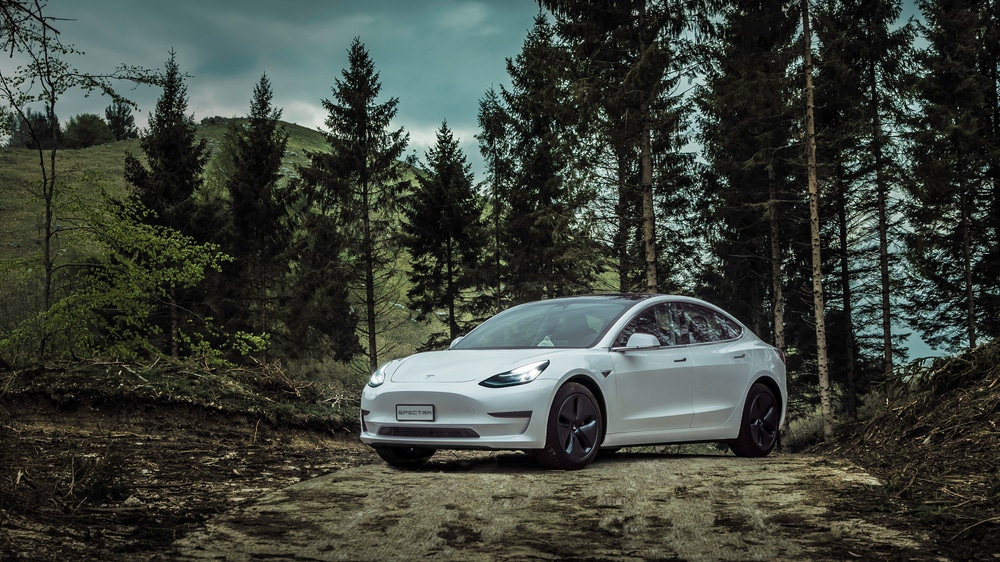
The four-door Model 3 is considered a compact executive sedan that has been around since 2017. Initially, Tesla only launched thirty cars to start to see how it was received by the public. Today, it comes in various configurations. With the Standard Range, you can expect 272 miles on a single charge, which is the lowest of the entire lineup.
If you prefer the Performance model, the rating is up to 315 miles. On the higher end of the spectrum, the Model 3 Long Range is rated for up to 358 miles on a single charge.
2. Model S
The Tesla Model S is a hatchback car that has been around since 2012. It’s considered the flagship model for the automaker. Today, the models offer up to 1,020 horsepower, so how does that affect the battery capacity? The Plaid model comes with Tri-Motor AWD and can go up to 396 miles on a charge.
There’s also a standard configuration with dual-motor AWD. This variation has a longer range, reaching up to 405 miles.
3. Model X
The Tesla Model X is the mid-size crossover model. It’s been in production since 2015 and it features falcon-wing doors. This vehicle has the same types of configurations as the S discussed above. The Plaid model with the Tri-Motor AWD system has a driving range of up to 348 miles.
On the other hand, you can choose a Standard configuration with a Dual-Motor AWD system. This model is rated for up to 333 miles.
4. Model Y
With the Tesla Model Y, you get the newest compact crossover from the brand. This model first hit the market in 2020 and it is based on the popular Model 3. Both available configuration options are available with Dual-Motor AWD. The Performance model features seating for five people and it can travel up to 303 miles on a single charge.
The Long Range model is the one that has seating for up to seven people. Plus, this Tesla is rated for up to 330 miles on a single charge.
Factors Affecting Tesla Battery Range
1. Tesla Model
With four models to choose from, the battery capacity can range widely based on which one you choose. The higher the driving range, the more you can expect to pay overall, so it’s a delicate balance.
Additionally, you might find that one aspect of the model might require that you choose a shorter driving range. For example, if you want the five-passenger Model X, you are going to automatically have a shorter driving range than the one that holds seven people.
2. Battery Size
The biggest factor in the driving range may very well be how big the battery is. The higher the capacity, the more power it can provide. However, the model also works hand-in-hand with this capacity to determine how much power is needed to output at any given time.
The Model 3 features lower battery capacity, which is why the range is so much less. However, the price you pay for this model with a smaller battery helps you stick to a budget. The bigger the battery is and the further you can drive, the more you will spend upfront.
3. Way You Drive
You can alter how far your EV will go simply by how you drive it. To achieve the maximum range, you need to drive your vehicle as efficiently as possible.
If you are heavy on the accelerator and quick to brake, your battery drains down much faster. Instead, try to keep the speed at a reasonable rate to achieve a higher range. You can also help by reducing the weight of the cargo you carry and by ensuring that your tires are always properly inflated. If you don’t need to turn on accessories, it’s best to leave them off. If you don’t need air conditioning, for example, you can save a lot of power.
How Many Miles Is The Total Battery Life Of A Tesla?
How does the regular driving range compare with how long the battery will last overall? While you might achieve 272 to 405 miles per charge, you want to know how many times you can do this before the battery loses valuable capacity.
The average American drives around 14,000 miles per year. If the Tesla car battery is rated for a lifetime of around 300,000 miles, that means you may get more than twenty years out of it. However, that hasn’t been the case for all Tesla drivers, so it’s something to keep in mind.
After 160,000 miles, it appears that the Tesla battery starts to degrade slowly. You may lose ten percent of capacity at a time. This drop will affect how far you can drive on a single charge.
The Tesla battery warranty covers you for the first 100,000 to 150,000 miles or eight years, whichever one comes first. If the battery is to fail during this time, the replacement won’t be solely your responsibility.
Additionally, Tesla is currently working on a million-mile battery. For now, it’s hard to believe that the technology is ready for this many miles, but time will tell.
READ MORE: How Long Does a Tesla Battery Last?
Tesla Battery Charging Options

Teslas include lithium-ion batteries that are designed for a specific capacity. However, the way these batteries charge is always the same.
Let’s look at the Model S as an example. It comes with an 11.5 kW Onboard Charger. This charger replenishes the battery at 11.5 kW per hour. If the battery is 60 kWh, you will need six hours to charge the battery through this method.
The sad part is that Tesla doesn’t include a wall charger. If you want to charge your EV at home, the wall charger needs to be purchased separately. However, a mobile charger is included with this and can be used as a backup method.
If you want to charge the Tesla away from home, you can use a public station. Tesla Superchargers are located in urban and high-traffic regions, but they cost money. The Supercharger infrastructure continues to expand throughout the country and they are easy to find.
Still, it’s important to only use the Superchargers in needed situations. Continually using a Supercharger can diminish the overall functionality and life of the EV battery. It’s best to provide a slower charge whenever possible.
RELATED: How Long Does it Take to Charge a Tesla? (120v, 240v & 480v)
How Does Tesla’s Driving Range Compare to Gasoline Vehicles?
Can you go further in your gas-powered vehicle than you can in an EV, such as a Tesla? It depends on the model chosen. At the least, the smallest Tesla is rated for up to 272 miles on a single charge. This is far less than most cars will get on a full tank of gas.
However, the 405-mile driving range of the Tesla can be much more comparable to gas-powered cars. For illustration purposes, the Toyota Corolla can travel more than 430 miles on a full tank, while the Honda Accord is rated for more than 480 miles. Additionally, a BMW 330i can travel more than 460 miles, just like the Audi A7. The Audi Q7 is rated for just a little bit less, but the Nissan Altima can drive more than 510 miles without visiting the gas station.
How Long Can a Tesla Last on a Full Charge?
It depends on which model you choose, how you drive and what the battery capacity currently is. The estimated Tesla range can be anywhere from 272 to 405 miles when the battery is brand new. However, it’s rare to get the full capacity out of the battery, especially if you are using air conditioning or other electronic equipment.
How Much Does it Cost to Fully Charge a Tesla?
The cost to charge a Tesla is usually much lower than filling up a car with fuel. On average, you may spend between $9 and $20 to fully charge a Tesla battery, depending on the model and the charger used. There are also plenty of ways to save on these costs, including by paying for unlimited charging through Tesla.
How Quickly Do Teslas Charge?
If you charge at home, it could take hours or overnight to get the battery full. Your fastest option is to visit a Tesla Supercharger. On average, you can get about 200 miles of charge in as little as 15 minutes. This charging time is faster than most other EVs on the market.
How Much Does a New Tesla Battery Cost?
For the first eight years or 100,000 to 150,000 miles, you won’t be responsible for buying a new battery because it is covered by a warranty. After this time, if you need a new Tesla battery, you could spend $9,000 or more to purchase a remanufactured unit. A new battery can cost you $20,000 or more, depending on the capacity and model.
Is Charging Free at Tesla?
The price for using a Tesla Supercharger can vary based on location, but it tends to average $0.25 per KW. However, Tesla offers an unlimited free supercharging perk that allows you to visit local stations without spending any money.
How many miles can a Tesla go? We’ve shown you how much the model, battery capacity and the way you drive can affect the total mileage. In general, Tesla models have an estimated driving capacity ranging from 272 to 405 miles. If you compare these ranges to other EV models, you see that Tesla tends to outpace the competition.
Not only that, but the automaker is set to release batteries that go even longer. Over the next few years, we expect to see dramatic increases in the driving range of a Tesla car.
Learn more:
- What Is The Average Tesla Maintenance Cost?
- Do Teslas Need Oil Changes?
- Tesla Dog Mode – What It Does and How It Works
Tags: Tesla
Categories: Electric Vehicles
